The Heat Death Classic™ Halloween Spooktacular
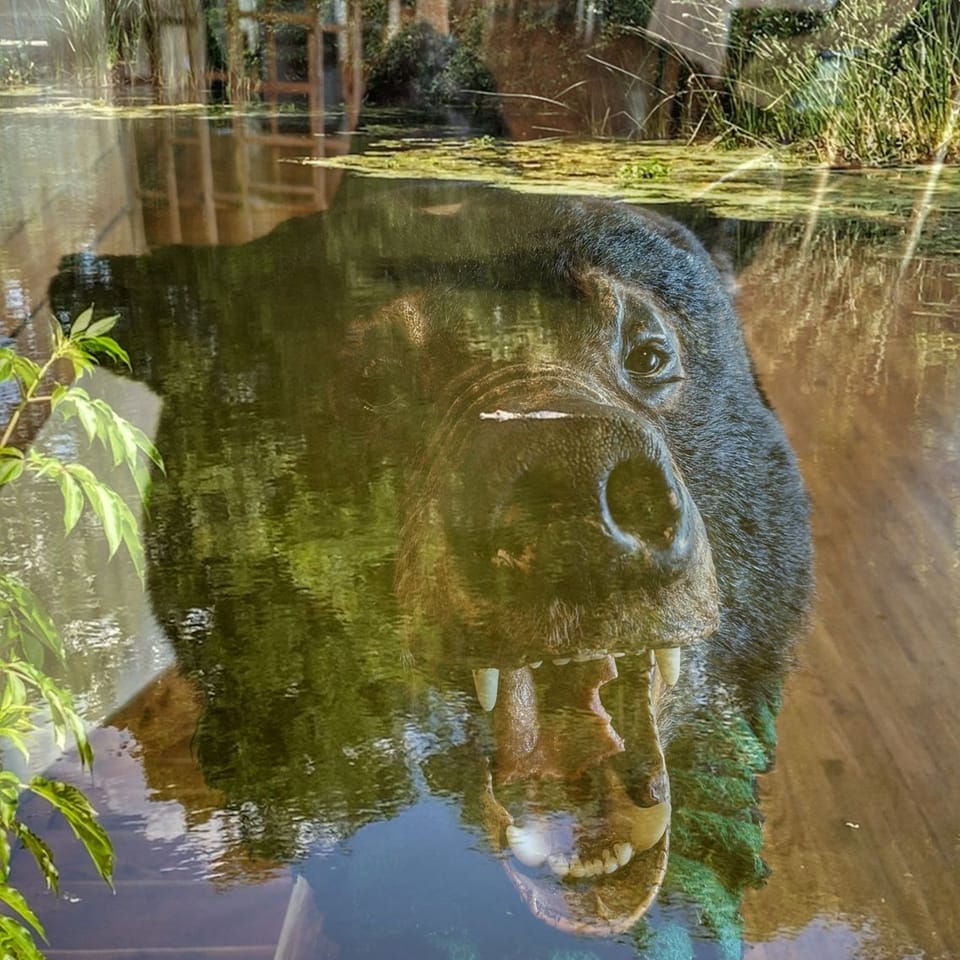
Look. Over there, in distant lands, in places that slouch between between the real and the imagined, between here and there: crossroads, shorelines, derelict houses, lost cities, back alleys.
Something is stirring out there. Out in the swamp, black water stirs and bubbles, and huge forms shift among the shivering trees. Out on the high crags, weird wings unfurl. Out among the graves, dirt buckles and writhes, disturbed by a knocking underground. Out in the vast depths of the starlit ocean, undreamt terrors sail over infinite emptiness.
There’s a darkness outside of town. There’s a shape at the corner of your eye. You can feel it, can’t you? The boundary lines are being crossed; the unknown is bleeding in. These are monstrum: portents, warnings, deviations from natural law. But nature is vast, and laws are a human dream.
What is a monster? It is an invitation. Come and see.
Welcome to Heat Death, the newsletter that's proficient in both the Monster Mash and the Transylvania Twist. (Like so many things in life, it's all in the knees.) A slight nip has finally entered the air here in Austin, and the leaves are beginning to tumble from the tree branches. After a thoroughly brutal summer, the arrival of autumn is a breath of cool, fresh air, and both of us are feeling refreshed.
Being raised as Jews of the Orthodox persuasion, we didn't grow up celebrating Halloween. But it's hard not to feel some affection for it. Halloween is the one American holiday unburdened by shmaltz, smarm, or tedious obligation. It's not really an occasion for sanctimony; indeed, sanctimonious people tend to dislike it. But as far as we're concerned, any occasion that combines 12 foot skeletons, sexy or esoteric costumes, and the disembowelments of decorative gourds has much to recommend it.
Of course, there's another reason to like Halloween: it's an occasion to celebrate monsters, occult occurrences, and the lingering uncanny. We're big fans of a good spooky story. And being working writers, we've told a few over the course of our careers. So c0nsider this edition of Heat Death our grab-bag of Halloween tricks and treats. Inside you'll find a plethora of past penumbrous pieces – Asher's musings on monstrosity, an interview with horror artist Trevor Henderson, Saul on the extinction of Bigfoot, and a set of hand-picked stories from Asher and Saul's archives of work, including cryptids, ghosts, killer doctors, and mass graves.
It's Heat Death. Join us. We hope you have a... bloody good time.
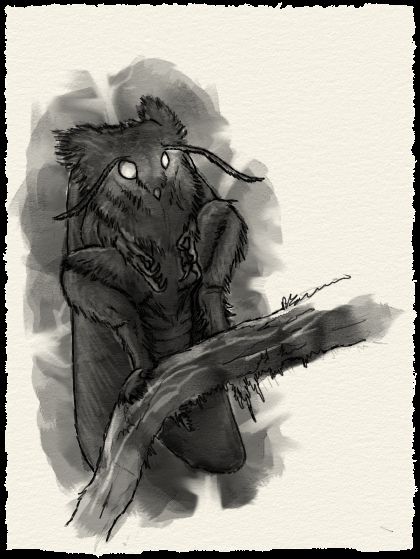
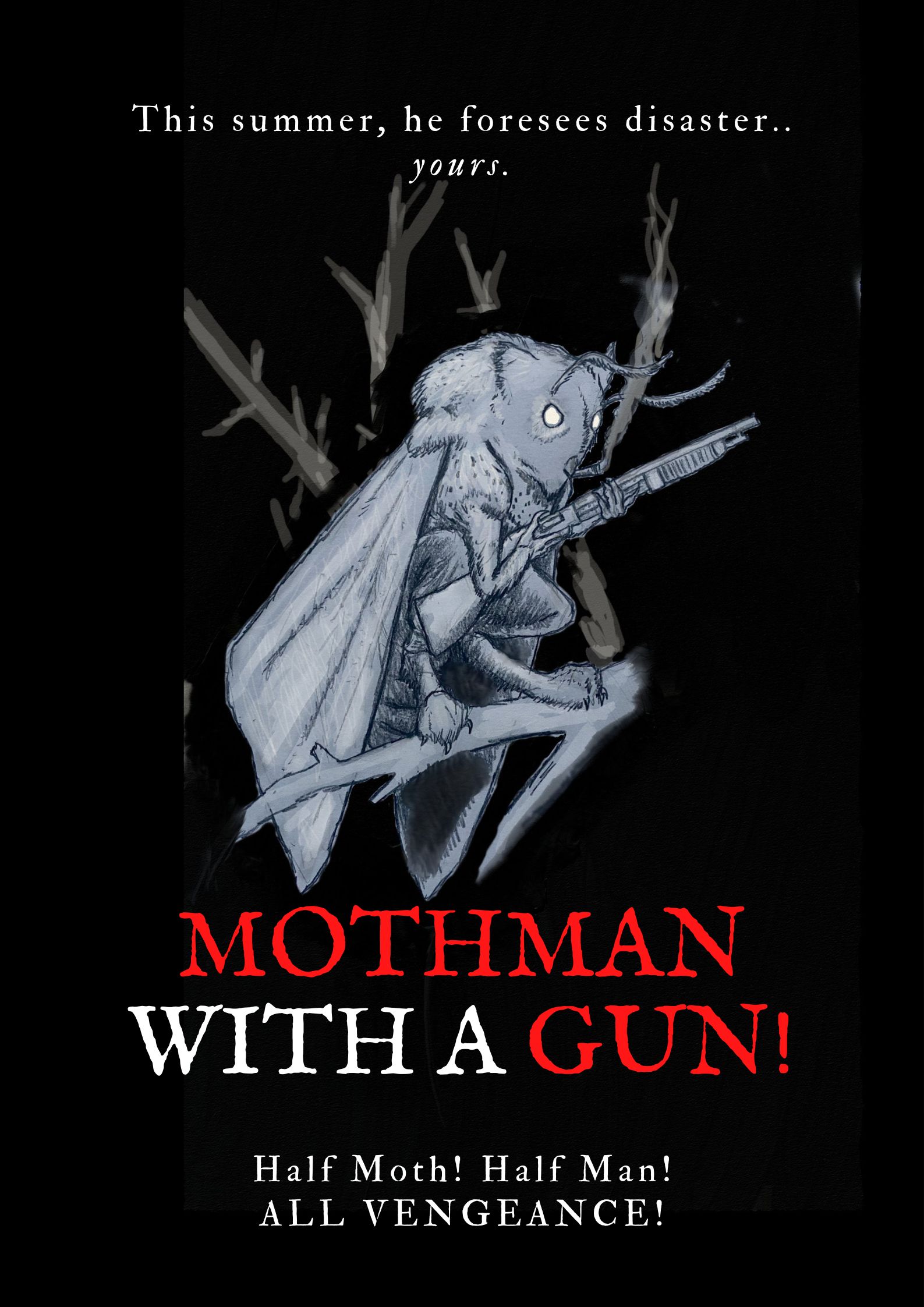
Mothmen © Asher Elbein
The Monster Mash
Asher here. A while back, I was moved by strange inspiration (i.e a theme month on Twitter) to write on the nature of monsters. I concluded several such entries in a fugue state before sanity returned, making fulfillment of the rest of the prompts quite impossible. I am left only these few tattered missives. Make sense of them...if you dare.
Monstrous Geography
A monster isn’t a monster if you see it every day. For much of history, traditional peoples living on the landscape have seen big cats and crocodiles as facts to be worked around: inconvenient, dangerous, and imbued with spiritual meaning. But big predators, for all their myriad fascinations, are not deviations from any natural order. For us to encounter a monster, it must either have left its natural home—Grendel rising from the mire to execute world’s bloodiest noise complaint, Dracula leaving his castle in search of new and excitingly British bosoms—or we must, ourselves, go somewhere we are not meant to be, like a black lagoon or the depths of space. Someone, in other words, has to go somewhere. Some has to step across—to literally (and latinly) transgress.
Monsters, therefore, dwell beyond veils and depths. Where the forest or jungle swallow the light, scattering sightlines in layers of leaf and shadow. At sea, months from sight of land, or 20,000 fathoms down. In bleakest desert or the highest mountaintop, or in black caves plummeting to the roots of the world, where unseen things lurk. In the creaking silence of an abandoned building or castle, where the halls are a maze that draw you ever further, ever deeper, and history weighs on your every step. In Transylvania, the land beyond forests, and Skull Island, a jungle behind a wall behind a thousand miles of crashing, murderous sea. In back of beyond, and behind the thrice nine kingdoms.
Far enough to be hidden. Close enough that someone…or something...can step through.
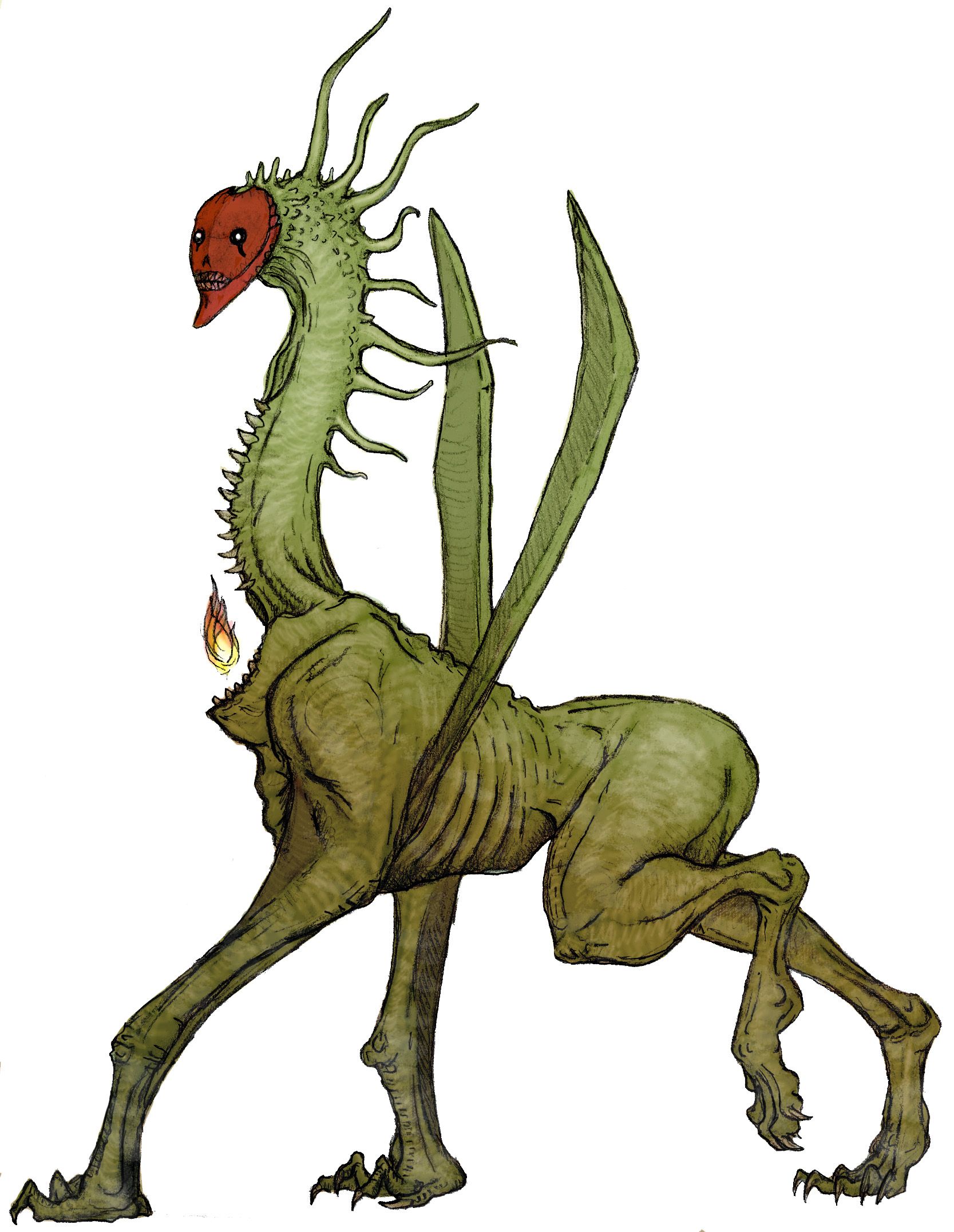
The Monster Arrives
Some believe are only two types of stories: a person goes on a journey, or a stranger comes to town. Generally, this is nonsense: there are no monomyths, only multiple reflections of common human experiences. But it’s true with monster tales. Monsters are — as we have seen — symbols of transgression and boundary-crossing, and thus they require somebody to go somewhere. Sometimes, that means a monster appears in a story genre that does not typically have them: historical fiction, family drama, crime thriller, romantic comedy. Their appearance can be a shock, or they can be woven into the fabric of the story from the beginning. But the appearance of a monster transforms the story utterly. From Dusk Till Dawn is defined by the sudden appearance its vampires, after all, and it’s hard to care that much about the marital infidelity in Peter Benchley’s novel Jaws considering the fact of the shark.
Monsters are therefore a narrative threshold that cannot be uncrossed. You thought you were in a world of of frock coats and familial obligations, where the strictures of life bind us but seldom surprise us. (What’s that prowling on the moor?) You thought the heist was dangerous, trip-wire-taut logistics all that stood between you and prison or a bullet. (What’s that scratching at the vault?) You thought it was summer, and graduation was a year away, and the ocean looked so cool, so inviting...
Once a monster arrives in the story, the world has broken and remade itself. Once a monster arrives in a story, it is a monster story. Always.
Speaking With Monsters
We speak to communicate information: ideas, emotional realities, the complex or simple thoughts that swim inside our skulls. There are linguistic differences, of course, and words and cultural concepts that are difficult to translate. But when you speak to another human, even divided by a chasm of language, you are speaking to someone who has the capacity to understand you because they are you. There is some common reality—a shared humanity, if you like—upon which the two of you can land.
At the end of Predator, a bloodied and muddied Dutch stands above the broken body of a hunter from beyond the stars, a crab-faced reptile whose green blood stains the forest leaves. “What are you?” he asks. The guttural reply comes back: what are you? The words are there, but the intent is orthogonal, alien: is it mimicry? Is it a genuine attempt at connection from something uncanny? Dutch will never know, and neither can we.
With apologies to another Austrian philosopher, who spoke originally of lions: If a monster could speak, we would not understand them. And perhaps, if you can understand them, they aren’t a monster at all.
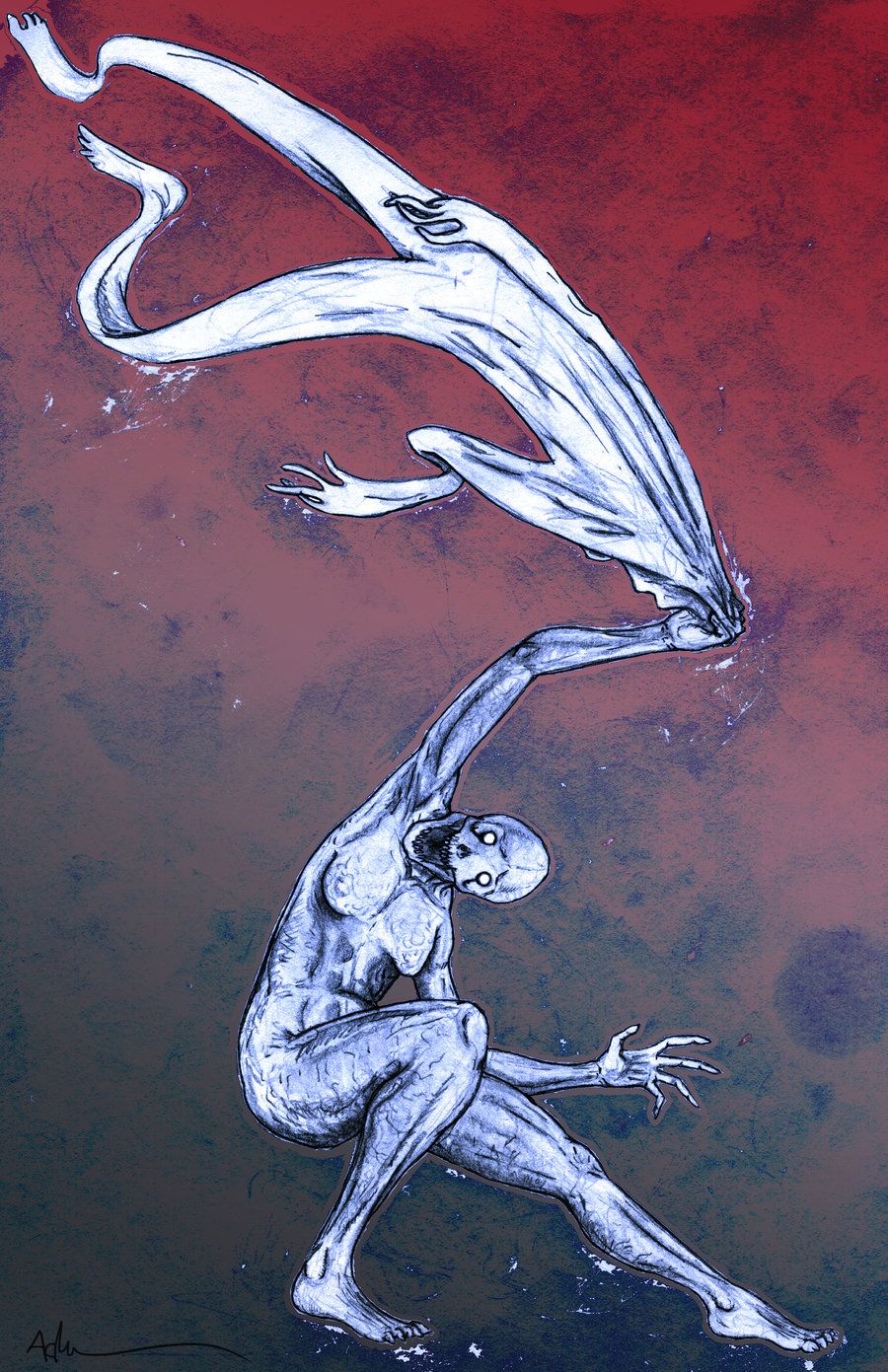
Monstrous Attire
In urban fantasy and its associated genres, the monster — or, more often, the creature that sometimes behaves monstrously, as all people have the capacity to do — often appears in a t-shirt and jeans. Vampires might go in for a suit and tie (or clubwear) and werewolves generally wear flannel, but by and large, the nonhuman dress with studied casualness, like a tech billionaire in busted sneakers. Narratively, they might be trying to pass as human, or maybe they just like how it feels. But the subtext is generally clear. Things that dress like us resemble us in all the ways that matter: can be befriended, romanced, argued with, folded into the social framework. The clothing is a humanizing element. It’s not so much that things of a terrible and eldritch nature can’t wear a TeeFury t-shirt. But however little we might understand the person in the fabric, the fabric itself is knowable, and imparts some knowability, or the illusion of knowability, to its wearer.
Clothing is not, in and of itself, the sign of personhood. But we often correlate the two in uncomfortable ways: there can be a hideous vulnerability in nakedness, and to be dressed in rags, or barely dressed at all, jibes with cultural narratives of the worthy and refined. The poor and unhoused are monsters to the rich, inhuman things identifiable by their rags, their patches, their worn and dirty clothes. The monster becomes a person when they dress as people—the right sort of people—dress. Clothes can make a monster into something like a human. They can do the opposite just as easily.
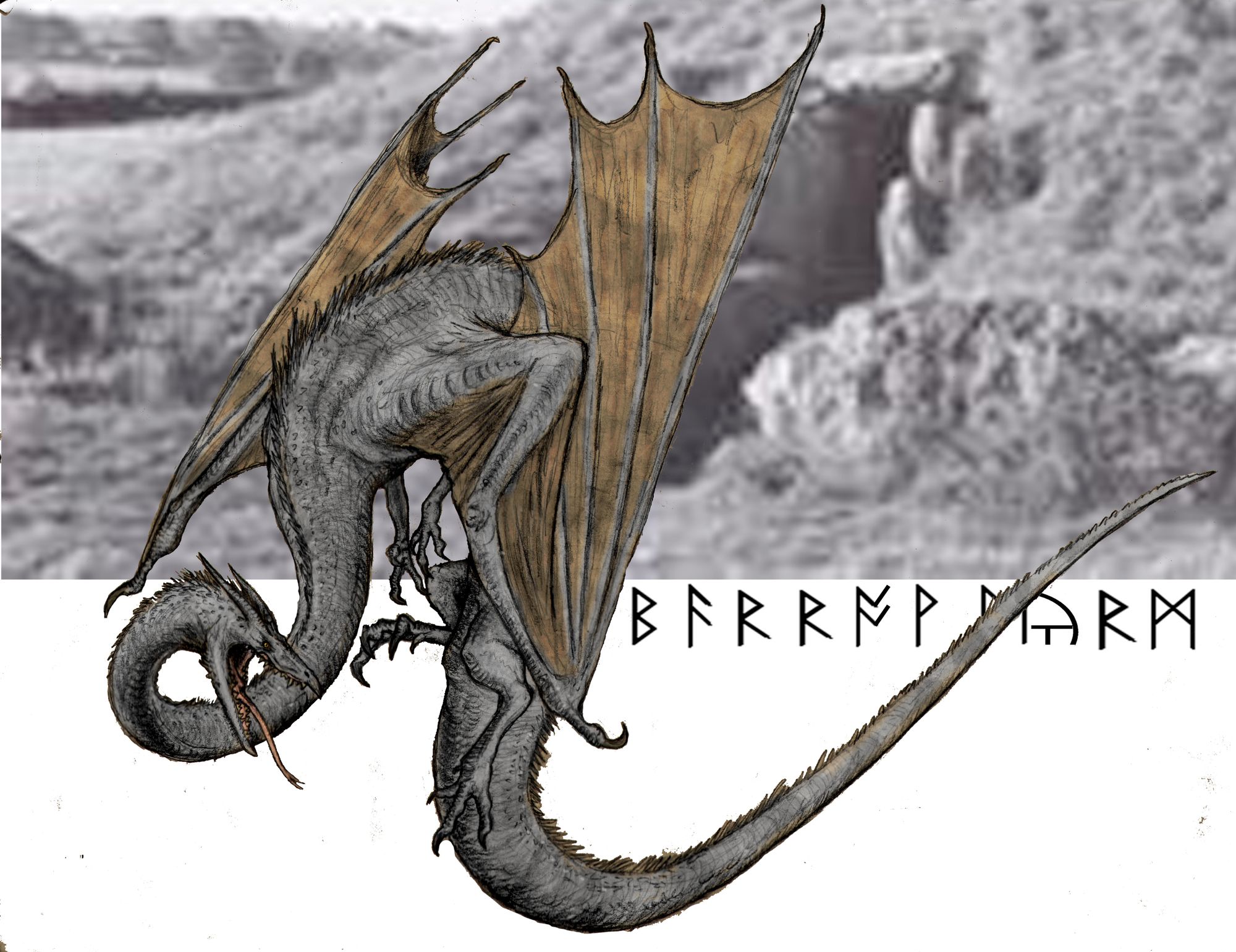
Domestication of the Monstrous
Imagine a dragon bred from wild stock over generations, its flames dulled but not stilled. Imagine the ornamental fish-men, selected for flowing fins and more extravagant color, swirling like overgrown koi in a pond. Consider the cockatrice, the effect of its stare reduced by time and careful engineering to a pleasant soporific, pecking in the yard. Domestication takes the unknown and smothers it in the human bosom: we might imagine that if it’s domesticated, it isn’t a monster.
But of course this isn’t so. If domestication is a state, than it must have boundary land, and if it has a boundary, than a monster can cross it. My parents adopted a dog once—big and shaggy and sleepy-eyed—who, upon being brought to a dog park, fixed her eyes on a toy poodle and changed as surely as a werewolf feeling the full moon’s touch. I dragged her away before she could hunt that poodle down and kill it. Her teeth snapped the air. Her spittle flew in ropes. In that moment she wasn’t a dog but a predator of no little size, and the more terrifying for the transformation. (She later trapped my father in the kitchen, teeth bared and murder in her gaze; when she calmed, they took her back to the no-kill shelter. To this day they refer to her as "Cujo.")
“Domesticated” doesn’t mean “not dangerous.” It merely refers to that which we have brought into our homes. Sometimes, the danger lies where we’ve forgotten to look.
Vampire
The coffin lid opens. The villagers shrink back. Some of them have been plagued with dreams of the dead, a terrible shape standing over them, pressing against them, bloated hands and genitals on their frozen bodies. A flash of teeth or a sharp tongue in the dark. Now their fears are confirmed: the body lies contorted in its winding sheet, bloated and ruddy, teeth and hair and nails extended, black blood streaming from its lips. The dead should be still. The dead should be quiet. The dead should be dead. Yet this body has been overtaken by life, an orgy of consumption in the dark: a mindless, churning drive to consume and breed. A vampire.
Later, vampires come to inhabit castles, high society, posh nightclubs, sanitized wet dreams. Their uncanny preservation becomes a thing of cold, marbled muscle and perfect, chilled breasts. Their perfection is gained and kept at terrible cost. They are personifications of excess, of corruption, of a greed so insatiable that even centuries of predation cannot quench it. Capitalists and feudal lords, producing nothing, feeding on blood and stolen life. What do they have in common with that rotting peasant, wrapped in their winding sheet, gasping out a graveyard stink as the stake goes in?
Just this: The life in them is not our life. They are human shaped, but no longer human. Their preservation is a lie. They are all, fundamentally, dead.
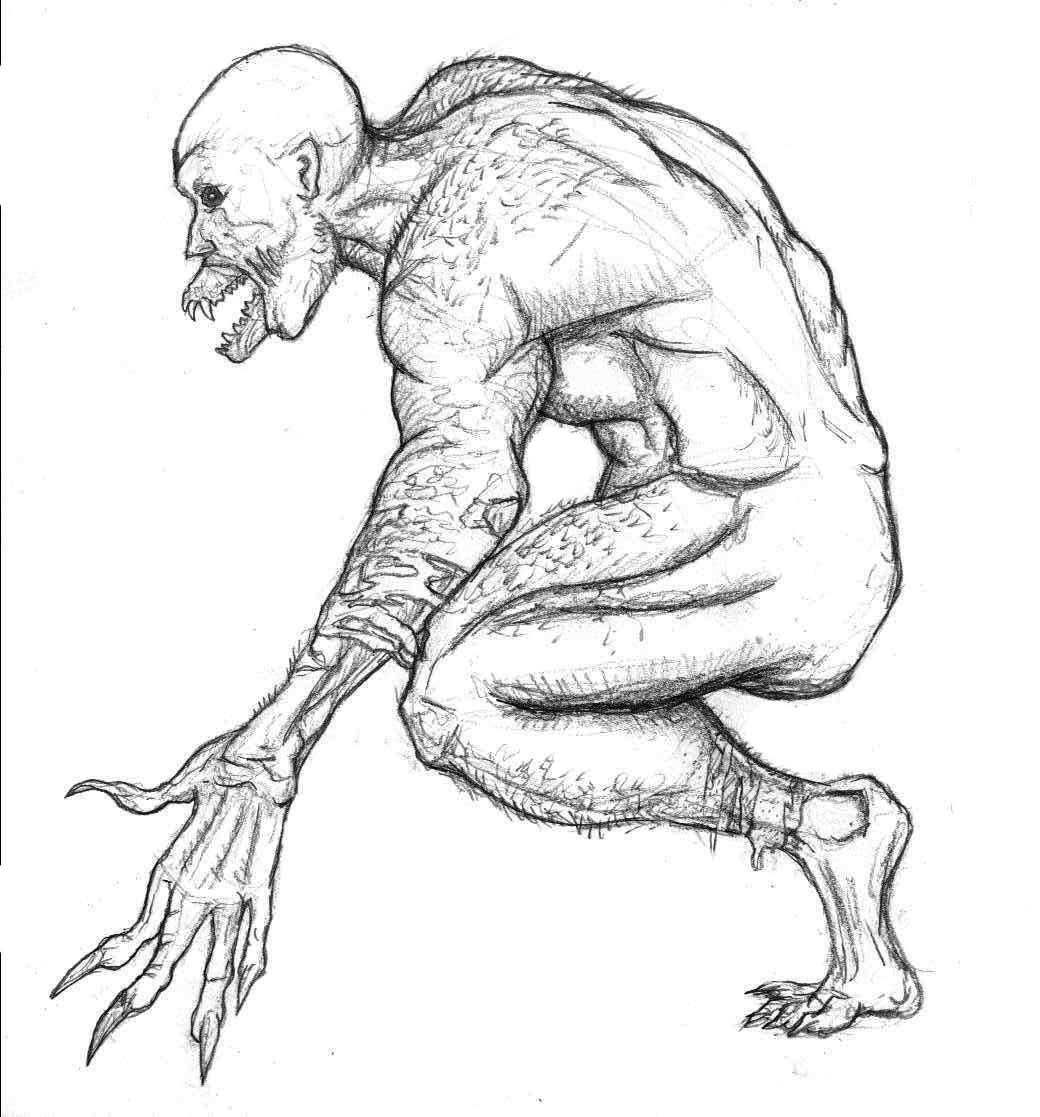
Lycanthrope
The iconography is very good, which is what you’d expect out of something that’s essentially a Hollywood creation. Full moon hanging ominous and bright in the sky, silver bullets shining like captured moonlight, a body wracked and convulsed by grotesque change. It’s visually very neat: there are a ton of ways to get from human to wolf-thing, and special effects artists have tackled all of them with gusto and enthusiasm.
Conceptually? The folkloric idea of werebeasts—were-hyenas, were-tigers, etc—places its emphasis on dangerous, man-eating predators hiding among us in human form. As our industrialized culture has grown more abstracted from the wild, however, the modern conception seems largely predicated on the notion that bestial passions are just waiting to overtake the delicate rationality of the human mind: the urge to fight and fuck, to engage fully in an unleashed carnality. Homo homini lupus, and all that. It projects human neurosis onto wolves, which—while certainly dangerous animals, and not to be trifled with—are rather retiring creatures at heart. But then, a wolf with a wolf’s mind is a threat. A wolf with a human mind is a nightmare.
Gillman
He’s a craggy thing, that Gillman, made of ridges, bones plates and nobbily scales. The mermaid is a being of chimerical desire, sinuous and sleek, and while her tail is finned, her face is a human’s face. The Gillman is not so easily bisected: his inhumanity is painted evenly on a bipedal canvas. He is not half this or half that. He is wholly himself, whoever that is.
His true fishiness dwells in his flat, cold eyes. The glassy stare of the goldfish and the grouper suggests a being devoid of inner workings: aquatic automatons, free-swimming vegetables. But what scans as emptiness is only mutual incomprehension. It has been 375 million years since our tetrapod tribe forsook the waterways and struck it out on foreign shores. (To a fish, all shores are foreign.) There is a divide between our most distant aquatic cousins and us—they inhabit a world unlike ours, with rules unlike ours. It’s human arrogance to say that the Gillman somehow bridges the gap. He is the gap.
Maybe, if the woman swimming through the still waters of the Black Lagoon understood the way that fish speak—the delicate and courtly turn of a fin, the shimmer of a scale—she would look down and truly see the thing sculling beneath her, an old thing entranced by this most removed relation: a fish that has lost everything fishlike in itself.
But fish are invisible to us. And so, blithely, she swims on.
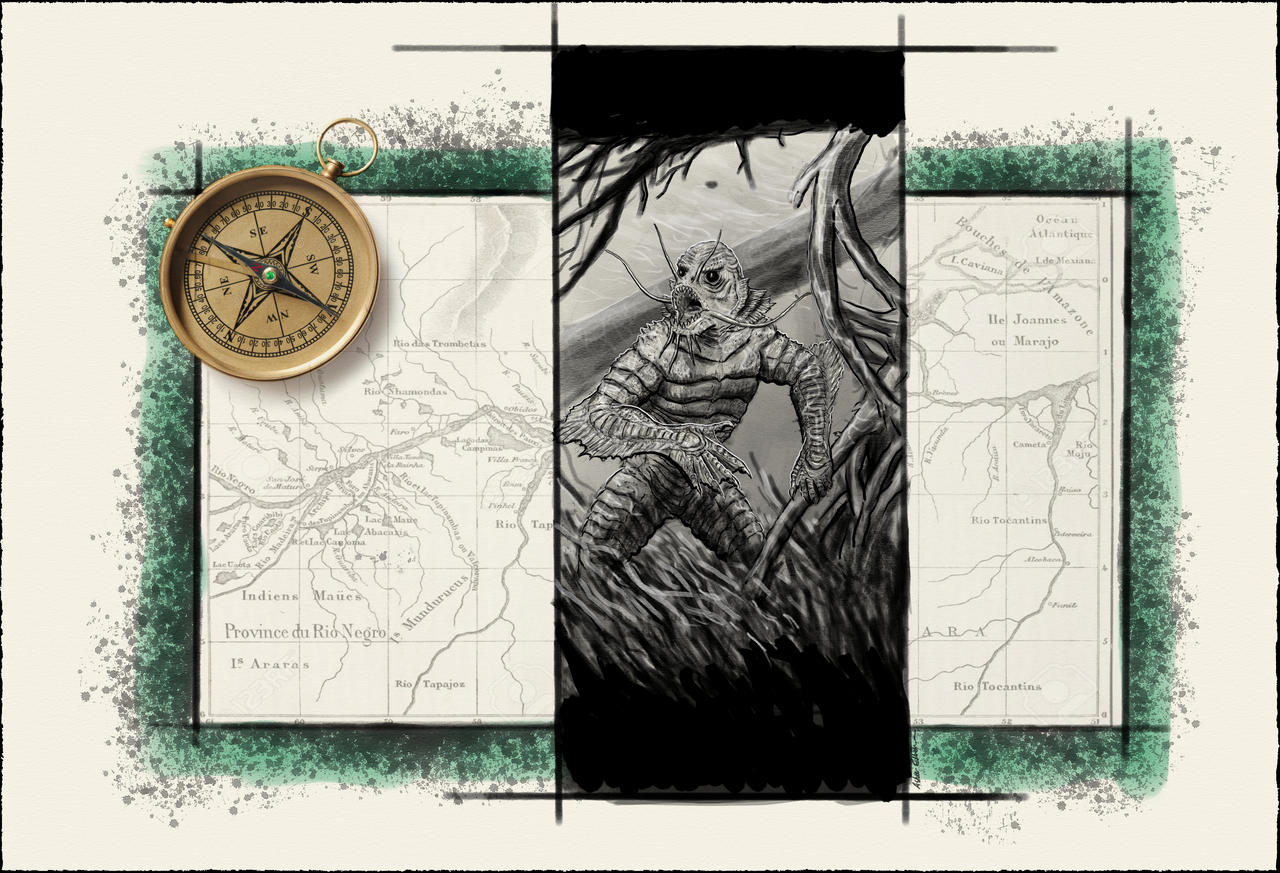
Alien
Outer space is fantasy of colonization. We will leave the crowded old world in imperfect ships, make dangerous voyages in search of new planets, new lands on which to build and reshape to our will. These lands will be empty, terra nullius, to do with as we see fit. We will change their atmosphere, strip them of their resources, and use them to fuel our way out to the next world, and the next. What is the frontier there for, if not to be tamed? What is emptiness for, if not to be filled? We call it space because that’s what it offers: endless room for us to roam, and for our children to roam. It is mankind’s destiny to go among the stars.
And yet there are stories of what happens when the stars come to us. Of vast ships appearing out of nowhere in our skies, bearing technology we cannot match, opening us to their designs like a knife blade opens an oyster. Of metal leviathans sliding through the soundless void between creation, each a predator nation consuming everything in its path. Of cold-eyed things that look at us and see nothing sapient, nothing alive, who perform horrors upon us and call it science, who take our men or our women, who use us like beasts, who kill us in pursuit of their own relentless expansion. Of things we meet during our own wanderings in the outer black, on planets we have claimed but hold no claim on; things that see our bodies as nothing more than meat if we’re lucky, and nests if we’re not…
The final frontier is endless. The final frontier is hungry. Perhaps it’s better for everyone if, for once in our lives, we stayed put.
Angel
Be not afraid. The sky splits in thunder; the doors of heaven’s vault crash open; blinding light rains like spears across the ground. Be not afraid. Something is coming through, a rocket dropping through layers of reality, a celestial body burning through re-entry. Be not afraid. Those who have been visited describe it as a ball of eyes, rotating around and through one another, lashed by whips of flame. Or as lion-headed, eagle-winged, a tangle of limbs tipped with slender, expressive hands, the forms superimposed on one another, limned with ultraviolet so vivid it burns the eye. Be not afraid. It is not, without great effort, shaped as we are shaped; even walking among us, its skin sparkles as the physical molecules of the air cascade and react to its flesh, exploding like microscopic suns. Be not afraid. It is lovely in the way a volcanic eruption is lovely. Be not afraid. Lovely like a mushroom cloud, like the radiance of a supernova, like the colors of the setting sun setting the polluted horizon aflame. You are small; you are kneeling, shielding your eyes, hot tears burning your cheeks. This is right. Be not afraid.
It does not speak to you in words, but it comes bearing a message. The message begins: Be not afraid. As if, upon being visited by an angel, you could ever be anything else.
Flowers
Consider the carnivore plant. The sweet sap smell that leads to unwary to an inescapable pit, where the water stings, burns, digests. The leaves that snap shut in a cage, salivating pulp pressing soft and spongy against your liquifying body. A perversion of what we consider the natural order, one that gives birth to tales of man-eating trees, toothed flowers, sweet-talking space seeds crooning for a nibble of blood. Pretty straightforward, really: a fear that the life which surrounds us, omnipresent and foundational enough to define whole biomes, is just waiting for its opportunity to take a bite. (Plant-blind as most people are, it’s not like we’d ever see it coming.)
But most plants—save those desperate species that live in impoverished soils or difficult situations, the sort that force you to grab your nutrients directly from passing bodies — have no need to act so precipitously. We live animal lives, fast and direct and frantic. Plants can afford to await the nutrient pulse, the flow of fertilizer that runs from dropped dung and decaying carcasses, passed along through hidden roots and secret bargains. Death feeds plants as much as sunlight. Die in the forest, and the trees will eat you. Die in the meadow, and the wildflowers will bloom that much brighter. Sooner or later, everyone feeds the plants.
Heat Death is an entirely reader-supported newsletter, and all proceeds go toward paying guest writers and maintaining our web-hosting.
If you enjoy what we do here, please leave us a tip or sign up: paid subscriptions start at just $2-$5 a month.
A Brief Digression On Bigfoot
Saul here. If Bigfoot once existed — well, does it follow that he still exists right now?
That’s how C.K., the romantic partner of my early 20s, would frame the question. She would say, if Bigfoot did exist, the trappers’ records and oral histories suggest he was a creature of the old growth — the great primeval forest that used to cover what is now British Columbia. And that forest, now, is gone. Perhaps 1% remains, which is high as these things go. (Even that is now staring down the chainsaw’s blade.) In the Southeast, where I grew up, the great coves and the massive trees that once filled them, are entirely gone — a few sheltered groves in places like Joyce Kilmer National Forest are all that's left. If Bigfoot existed, C.K would say, then he’s just another of the great megafauna, killed off by habitat destruction.
I was never quite sure if she was joking.
When the habitat goes away, the creatures that inhabited it go with it — whether or not those creatures ever per se existed. Because the world of the forest, and particularly the deep forest, is different from the world of house, road, or farm. It is not only that out in the tall timber one can suddenly feel lost, or at the brink of being lost, which is to say, swallowed by the great superorganism of wood and mulch and bough. It is not simply the feeling one sometimes gets — of things moving just outside the corner of vision, or the weight of unseen eyes. It is also the exploratory tap tap tap of life pressing against one's consciousness; the sense of being not just seen but regarded. Considered. The sense that there is something else there — perhaps many somethings — looking back.
We have often been creatures of the wood. Once, many farming communities lived within a half day's walk of a stand of forest. The word itself is not originally a botanical term but a legal one: a deeply eroded form of the Latin phrase "forestis silva," the outside wood. The word we kept — "forest" — marks not the woodland, but a state of being, a place outside of municipal law and human order. Which is to say, the place of exception, where you may find yourself in the grip of older and mysterious powers.
In 2015, I spent some time in Tupén, a farming village in a high jungle canyon above the Amazon. There the people mostly lived on what they grew on the land or could otherwise gather from it — which meant, first, putting yourself at the mercy of tree falls, flash floods. There, people talked of the chullachaqui, the soul eater, a strange-footed thing who could take on anyone's form. The dhunche, the devil of the forest, who walked the trails and would invade your soul. Of how the Maranon River — the Amazon's main tributary, on which they went out fishing in inner tubes — was prone to get hungry after a good rain, and how it could not quiet until it ate someone.
I came to believe that these myths, whatever else they were, were functional: they created a posture of proper respect for, and caution towards, the river and forest upon which community members depended — and which, aside from their neighbors, would also be the things most likely to kill them.
Now, it's easy to arm-chair anthropologize. "In small isolated communities," you might say, "where people went armed for hunting, and grievances are old and burnished with long nursing — well, might be handy to have a soul-eater upon whom accidental deaths can be blamed." Or: "You exercise more caution around a river you think is trying to eat you than one that is simply high, and also when it is highest, it is most likely to take you."
But the Peruvians I talked to didn't find those explanations persuasive. The river getting hungry, eating someone, and calming down — that's not an analogy, one river guide told me. "It's just what happens." The story of the devil in the forest? Hombre, it's because there is a devil in the forest.
It is a sobering thought to realize that we can't really evaluate these claims, because — as C.K. told me long ago — we have lost much of the habitat where those creatures would have lived. We know longer have the firsthand, daily experience of what it is like to walk in a mature forest, in a place where — as Asher once wrote — woods have never known the axe.
I came back from Peru feeling less like this was an exotic feature of a foreign land then a glimpse into a surviving refugia of what had been a general human condition almost everywhere: the Yellow River or the Mekong, the Congo or Danube or Ohio, up until around the birth of our great-grandparents.
Up until the early 20th Century—at least in the Western Hemisphere, but across most of the East as well—people lived in very general terms like those Peruvians. They lived in towns and worked fields on the edge of wildlands that they depended on but held separate from. The myths of that forest, the lived and embodied knowledge of generations who walked beneath the gloom and branches, was transmuted into story and re-encoded in the subconscious of its listeners. And in those places they told tales of the wood outside and those who lived there: of gods, of the beast people and little people, of bargains offered and prices to be paid.
This age left little fossils in our language. The name for the forest spirit of Greek myth—the dryad—takes its 'dr—' from an old Indo-European root for an oak, or hardwood "tree." (The 'dr—' having softened into the 'tr—' of 'tree.') In another context and culture, it becomes 'druid.' Oaks are the secondary growth; the sign of a mature forest. The kind where things might be glimpsed out of the corner of the eye.
Dryad; druid; these words are now so much petrified wood. That great global forest is gone, along with much of its broader social function—the two disappeared together in the age of fossil fuels. We heat our homes with electric or natural gas, not firewood; we eat farm-raised beef, not wood venison; we get our vegetables from the grocery, not a plot cut out beneath the trees. Our chemical solvents and fixatives are distilled from fossil fuels, not pine pitch.
And so it dries up, the habitat of the mind; the psychic pasture where little folk lived, from which monsters regarded you from behind boulders. It dries up, the breathing reality of the forest. And what is left — for forests still remain us, here in the Northern hemisphere, new forests, in some places more forest than ever — is thin, barely there, gossamer like spider web, the ghost of a thing. Feel it catch up on your skin, delicate and dangling, and tugging your skin with its tiny weight, saying, come here, come here, come here.
The Internet Is The Real Monster
Asher here (again.) I’ve always enjoyed the internet phenomenon of creepypastas—short tales of terror, designed to function as bespoke campfire stories and urban legends. They’ve been fertile ground for mass media adaptations—Syfy’s well-regarded anthology series, Channel Zero, adapted four such stories during its limited run—and at least one of them, Slender Man, became popular enough to become a full cultural phenomenon. Even those that don't break onto the mainstream can travel far and wide online, their spread fueled by a particular analog aesthetic—that of the found-footage video, the rambling forum post, the old photo stuck in an older book. Perfect icons of contextless horror.
Which can be a real headache for artists. Just ask Trevor Henderson, a freelance artist, concept designer, and musician. Henderson’s spent the last few years putting out a steady stream of wonderfully unsettling art, including his major claim to fame: a series of upsetting creatures, done via a mixture of painting, old photos, and digital manipulation. He’s also had the singular experience of watching one of his creations—the fearsome Siren Head—be swallowed and transformed by the internet into something beyond his control.
Henderson’s also an internet pal, and graciously came on Heat Death to discuss his process, the dangers of context collapse, what it’s like to have your creations escape into the wild, and the importance of letting spooky shit stay mysterious. (This interview has been lightly edited for clarity.)

Hey, Trevor! Introduce yourself to Heat Death.
I'm a freelance illustrator. I used to work retail--my last job was at a bookstore--and then I decided to go full freelance two months before my store closed down, and then the pandemic hit. It was kind of fortuitous that I made the move when I did, because I would have been kind of screwed, otherwise.
Since then I've just been doing freelance work. Some character design for comics, movies or games, but mostly it's been book cover illustrations for horror fiction--which I love--and variant covers for horror comics series. I've done some covers for Patrick Lacey, who's a very lovely horror fiction author, and some comic covers for Department of Truth, and a lot of work with Steve Foxe, who works with [writer] James Tynion IV on a lot of comics series. The Razorblades horror magazine, covers, interiors. A bunch of stuff like that.
It's been pretty strong since I fully went freelance. There's only been a few periods where I went 'oh, I have no money."
What's your artistic background?
I went to the University of Toronto for art, and back then I was doing very physical media. I was on the Something Awful forums a lot, though I never contributed. I was in the thread where they came up with Slenderman. But I wasn't really super involved online. I read a bunch of creepy pastas growing up, and those were pretty intrinsic to the way I create art.
There's an aesthetic in your photomanipulation work that relies on developed film from old cameras. Is that largely a practical consideration, or an aesthetic one?
It's definitely become an aesthetic part of the way those look. But a lot of it, honestly, is that it's a unifying factor for integrating a lot of those elements together. If you can match the lighting and tone and shadow when you're drawing some spooky guy into a photo, the grain is one extra fence to keep your eye from sussing out that the drawing doesn't fit. Distortions, degrading the quality of the photo–whether that's a blur, or playing with static--is a big part of the aesthetic of the imagery. But a big part of it is helping it feel like it's really there.
I try and use noise a little more sparingly these days. It can be a little bit of a crutch--you throw too much noise on it, and it becomes too easy to make it work. I'd rather play with light and try and make it work that way a little bit more.
Are there any pieces where you feel like you nailed that balancing act?
Well, when I first started doing these, I was doing three or four or a night. I'd come home from work and they were an easy thing I could do to produce art and flex those muscles. I could do a whole piece without thinking what my background was going to be, what my concept was going to be.
I had a big folder of images that people donated online, and I'd just pick one and see what was in the photo, and just make it up that way. Strong sources of light, like rim-light or a flashlight casting shadows upward, that can make a more cohesive image. It's a balance in a couple of different ways. I want to show off a creature design, but I don't want to show too much off, because then it's easier to figure out it's just a drawing. (Which everyone knows, but still.) You want that split second of "...uh..."
If you can get a distinctive photo to start with, that can really help. A lot of times I'll paint something, and then I'll have to delete or erase a big part of it, because I'm showing too much, and it doesn't work well. If you can just do a glimpse, while also showing off a creature design that's distinctive, and then let the brain of the person looking fill in the rest--that's the best. And all of these things have to line up for it to be one I really like.
That's only happened like 20 or 30 times out of the 400 I've done. So a lot of them are not very successful. But one I really like is this one.
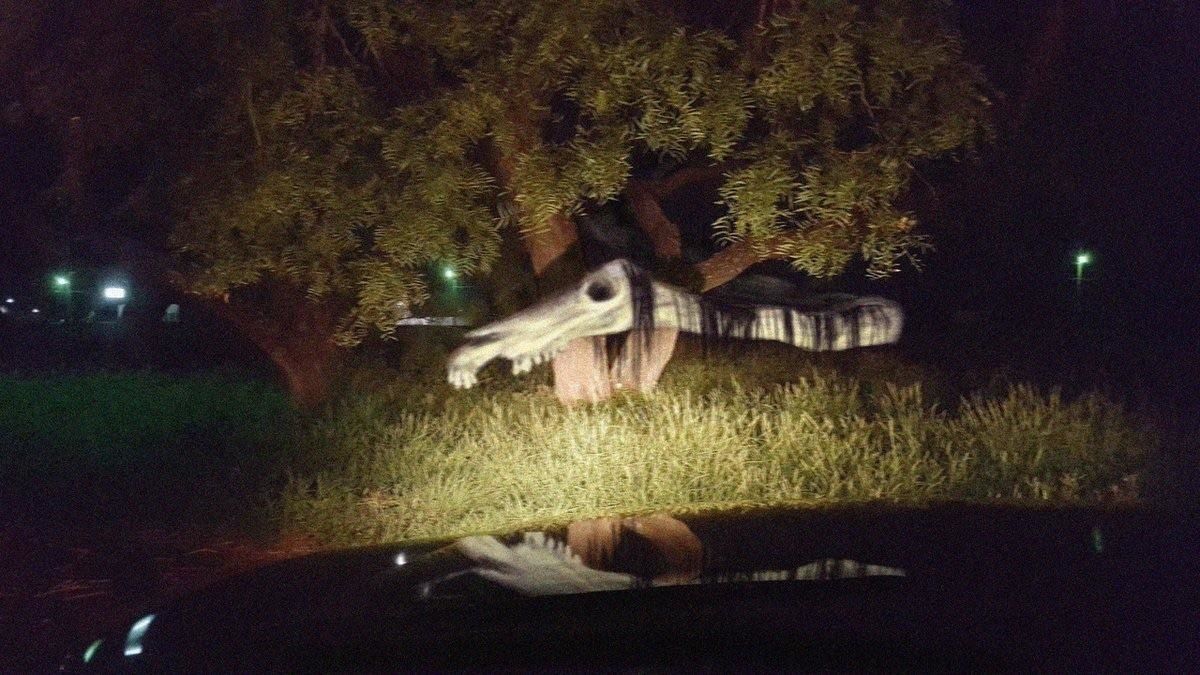
Your character design is really interesting — they're very cartoony. You seem to play with a lot of really exaggerated shapes, which makes them really horrific.
When you're already working with a photo of a real environment, you have that baseline level of reality in the work. So if you're adding something in, it's a really fun opportunity to stretch it in the other direction. To me, when something is actually scary scary, it's less threatening and more bordering on ridiculous — where, in a different light, it would be laughable.
I always like creature designs where it's robbed of the sharp teeth or claws: anything that would be definable, especially as to what it would do to you if it got you. It adds mystery.
The Long Horse is a really good example.
It's a horse skull and a neck. But the neck goes on forever — into non-Euclidean space. That makes it interesting to me. A lot of people really like that one in particular because I've confirmed that he's a good guy. This one can be nice. I'll give this one to you. The rest of them are awful.
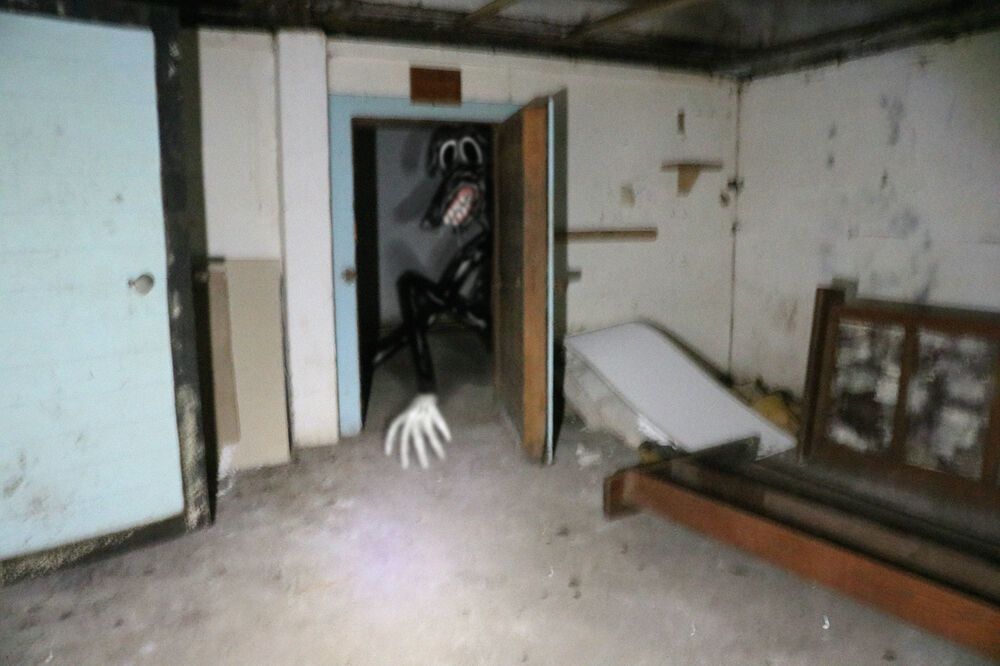
You also have creations like Cartoon Cat and Cartoon Dog, which are horror creations that borrow the visual language of classic cartooning.
That one came about because I wanted to stretch what I was going with the photo-bashing [Ed note: digital photo manipulation] as far as possible. Can I do a straight-up cartoon and light it, and match the shadows and tone of the photo to make it a real, physical object while still having the aesthetics and physicality of a cartoon? I don't know how successful I was, but that character really took off.
Your most popular creation is Siren Head, a towering, horrible figure whose head is made up of two sirens. Tell us about him.
Siren Head is so weird. I made that character in 2018, when I was at the height of doing three or four of these images a day. I was approaching it like I did with every other one, thinking, what would look cool in this photo? Someone had sent me with a graveyard in the middle distance. A lone tree, blue sky. I'm really into the idea of number stations [Ed note: shortwave radio stations that broadcast codes of formatted numbers addressed to intelligence officers] and I thought it would be neat to do a cryptid or humanoid monster who was the embodiment of number stations. So I drew a big emaciated figure with sirens for a head, and posted it on Twitter.
It got a couple of likes. People said "this design's really cool," and then nothing really happened with it for six months. Then a friend of mine asked me permission to put it in a little videogame demo. Your guy goes out, clicks on some things, and then gets chased back to his car by Siren Head.
It wasn't until April 2020, just after my birthday, when someone made an animated video of this giant Siren Head looming over a city. And that went viral on Tiktok, an app I don't use, or know how to use.
At the same time, a bunch of videogame YouTubers found that initial game, and were like "who the hell is Siren Head? How have I missed this?" And the viral video is still going around on TikTok. And suddenly he was everywhere across the internet for 3-4 months. And there's still a huge fan base for this character. It's kind of entered the public lexicon in some ways, as the new Slender Man. But there was no way to predict that happening. It could have been any one of a dozen characters I was creating at that time. I like that design, but it's bizarre to me that it took off so well.
Siren Head Mania really interested me. It felt like it exposed a conflict between the character that you create, which got this huge boost from fan work, but also got boosted by people actively trying erase the fact that you created it in an effort to make it an "urban legend."
Yeah, there was... a lot of that. On the one hand, the fan art is incredible. I was deluged with fanart, and that never stops being cool — when someone who's a much, much more talented artist than me is inspired by this character I made up. It starts to get weird, though, when it's people very transparently trying to profit off of it.
In the beginning there was a huge push to make the character part of the SCP Foundation — an ongoing wiki about a secretive government organization, where people contribute their own entries. They're these very dry, clerical reports of various paranormal entities and supernatural creatures.
They're a lot of fun.
I love it. There's tons of great stuff there. But when something goes onto the SCP Foundation, it's a creative commons license. So it becomes public domain, in a way. So trying to spread misinformation that Siren Head is [part of the SCP project] is kind of a way of taking that character away from the creator. Thankfully, all the people who run the SCP Foundation were insanely good about putting their foot down, and that kind of squashed it after a while.
There were also people doing really weird fan stuff, giving the character a different origin or feel than I would have if I was doing it. That can be a little bit frustrating.
It's become a very big kids thing now, apparently? It's all across Kids' YouTube in these weird animated videos. If you search Siren Head on YouTube, the stuff you'll find is so bizarre. Entire families making little papier-mâché baby Siren Heads, then videos where they go into the woods, "find" it and adopt it. The whole family filming themselves play-acting around it. Weird animated videos from Russia where the Incredible Hulk fights Siren Head, Spider-Man fights Siren Head. It's really, really weird.
I'm planning on eventually doing something with the character that'll be official, from the creator. Like, "here's the idea I had in mind for it." But I'm just going to have to accept that that version of Siren Head is out there on YouTube and other places. I try not to let it touch me.
Do you remember what the video was where you decided "I have to stop looking at this?"
There was a whole animated video series about Siren Head, about where he came from, a whole origin story. A mad scientist in the woods made a helper robot that became Siren Head. I didn't like that very much. At that point I was like, ok, this is beyond my control at this point.
The last thing that weirded me out was — do you know what Epic Rap Battles are, on YouTube?
[Ed note: a genre of youtube video inspired by particular project pitting historical and pop-culture characters against each other in — you guessed it — rap battles.]
They did a Siren Head Epic Rap Battle?!
It's weirder than that! It wasn't the official site, mind you. It was a different creator. But they did one that was me rap battling. Me as a person. Me versus some guy named Corpse Husband. I don't know who that is, really. But they had a guy dress up in a shirt I often wear, and put on glasses that kind of look like what I wear, and do a whole rap. And I didn't like that at all.
I can't imagine you would!
It's extremely weird! I'm a person, not a character.
That sort of raises a separate point: the degree to which "Cursed image" and Creepy Pasta culture is build around intentional context collapse.
Yeah, it is. On the one hand, I can see how it adds to the mystique that artists are going for, or that I was going for in the beginning, which is the found footage aesthetic. But it became a really handy way for people to divorce legitimate art from its creators. And it's still happening to lots of other people who are doing similar things.
The big thing you'll see is someone posting some original horror art, and you'll see a dozen people in the comments asking "what SCP is this," or calling it a new SCP. It ties into this idea that scary art on the internet — less so than other art, which is really weird — falls into this specific lane where it's instantly the internet's. The process of divorcing it from the person who actually drew it seems to start immediately. I don't get it at all. But it's a fact of the internet, it seems.
Siren Head and Cartoon Cat have been turned into these plushes — these terrible, terrible plush toys by overseas companies. I'll get constant direct messages from people that they were in this store in Arkansas, or a mall in Europe, and there'll be a stand covered in multi-colored Siren Head plushes. And there's not a ton I can do about that, even if I spent my entire day, every day, trying to knock these things out. I've knocked down a few but they just come back.
I just look the other way now, more or less.
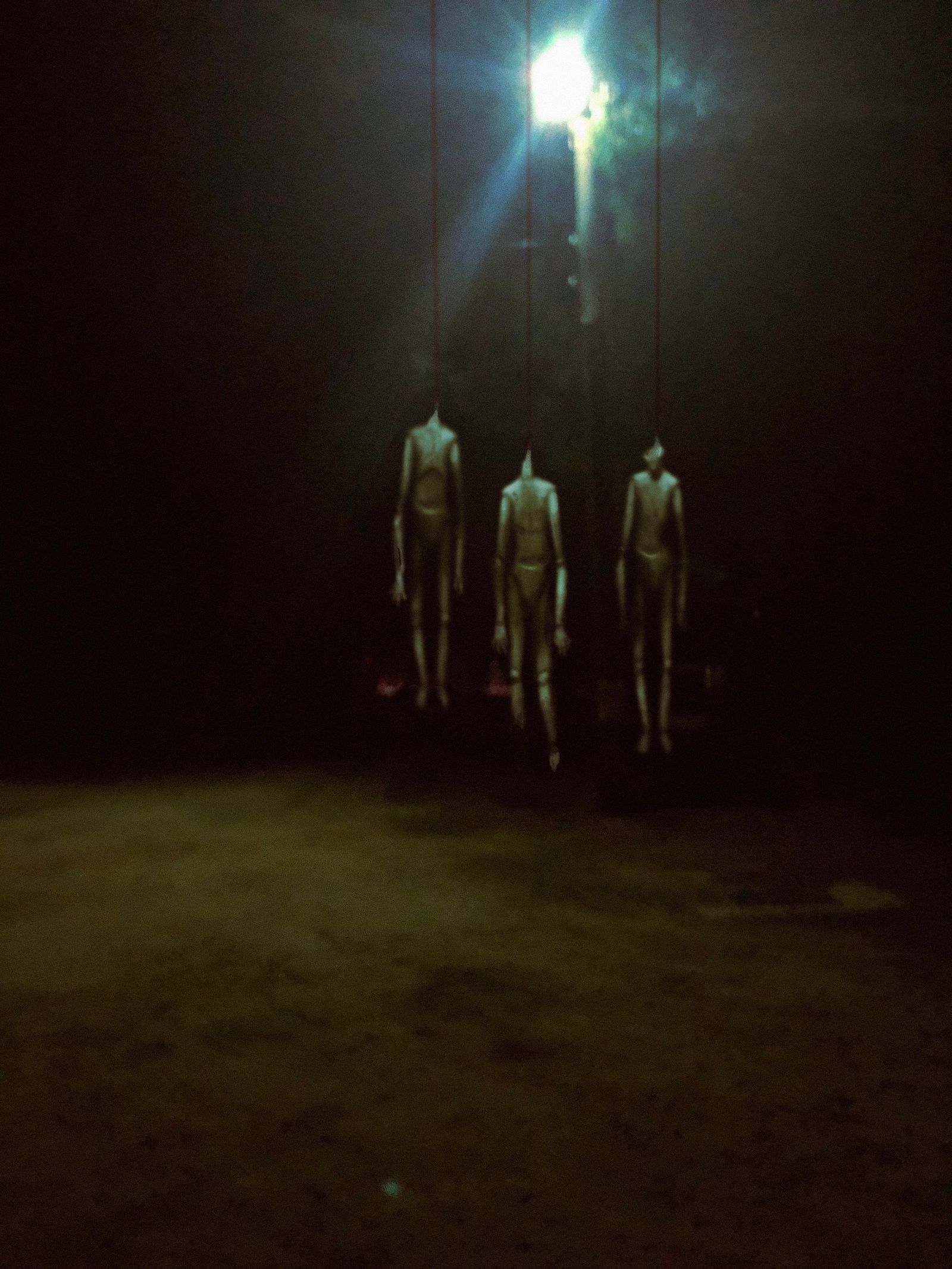
It seems like the aesthetic of a lot of current creators falls into the trap of being "just a photo," and everyone online seems to believe that photos online are free. People don't seem to grasp that someone made it.
I think that there's a natural inclination to believe that a piece is a spooky creepypasta. People think that creepypasta are just free-floating internet rumors, or internet stories, so it's easy for even people with good intentions to think it's an anonymous internet story. And it's very easy to divorce the creator from that.
But there are a lot of people acting in bad faith, who want to profit off this art. Anything that's horror-related art online becomes a creepypasta, which people claim is supposed to be anonymous, or is presented as being anonymous. Which becomes an excuse to say "LaLaLa, I don't see the creator, it's creepypasta, I can do whatever I want with it. It's the internet's now." Grouping horror art in with creepypastas just makes it slightly easier to do what they try and do with all art, I think.
There's also an interesting push and pull between knowability and unknowability in the fan response. The difference between "what is this strange form in this photo" versus the need to build up lore.
People get angry when you just want to leave something mysterious. When a character I've done becomes popular, it's like "you have to do the lore. What are you even doing?" Well, maybe I just wanted him to be a spooky guy in the woods. It can stop at that, you know. Often when they find out everything about something, if it's horror-related, often they're like, "oh, it was scarier before I knew." Yeah, I know. That's the point. It's you connecting the dots in your head and going off the very little information I purposefully left you, which is a tweets' worth of words and one image.
To say you want how Siren Head was made, and where he was first sighted, and what are all his special powers and does he have a weakness...you don't want to know if you can defeat Siren Head! There's no answer to that question that makes you A.) more scared of the character and b.) happier for having known it. It just weakens the very fragile mystique, I think.
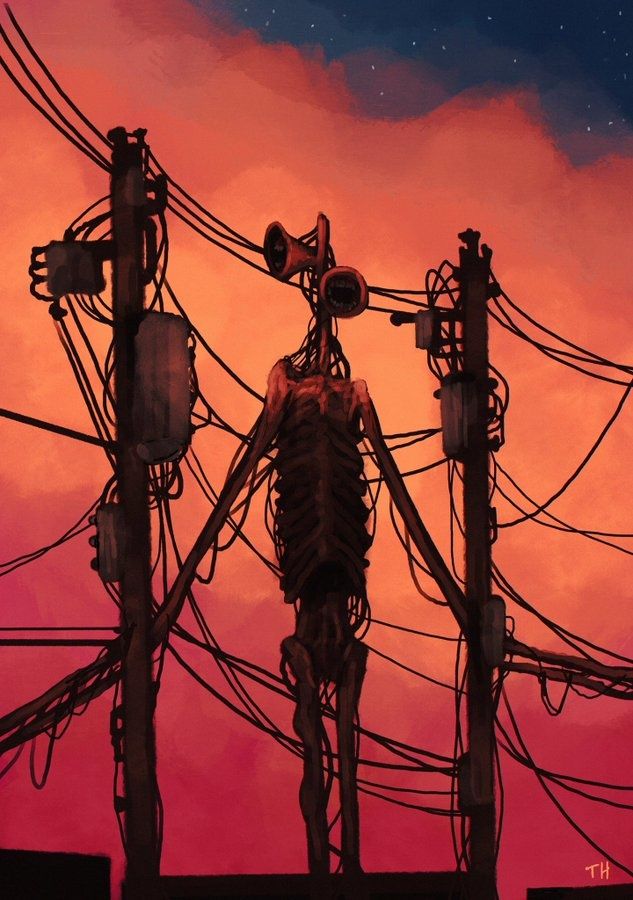
I was looking through your FanWiki, which must be a wild thing to have —
It is, yeah. That's all other people. I'm not on there very much at all.
— and I just thought it was interesting that there was this dedicated effort to compile everything you've said, so that you can put together an explanation of what these characters are.
I mean, I get it. When I watch a movie or read something with a character I like, that impulse is there to know everything about them. But I think in this particular situation, a lot of times with horror creators, you're just shooting yourself in the foot.
It's just weird to see people go through and collect the one-off, half-jokey comments I've made on Twitter to be spooky, and now they're "canon," forever, on a wiki I didn't make.
I suppose it'd be one thing if you were releasing your Siren Head story — an actual story — but these are art pieces. The notion of trying to enforce what concepts count and what don't for a piece of visual art feels antithetical to the purpose of the medium.
Yeah. Some canon stuff has built up, because when people fall in love with a character, I'll revisit it. Then you have the fun of doing the corkboard of photos with the red thread between images. You get to build a bit of the world behind the scenes. But it's really important for me to always leave two questions for every answer you give.
There's Siren Head stuff out there beyond the art. I wrote a little two-page story on one of those posts to put slightly more lore out there. But even that was still really mysterious, and didn't address a ton of stuff. Because there's just a lot of stuff I don't want to answer, and I don't think people actually want it answered either.
How do you prefer to approach parceling out that information?
I think you can build up the world around these characters — Siren Head and Long Horse, and these people. You can add characters in to interact or be antagonized by them. But if you start focusing that lens on those character's you're just going to diminish them. I think that they work better as an evocative image or design. A way of feeling a particular kind of way, looking at them.
But giving them a whole..."oh, this is his favorite dance move, and his favorite Mexican dish," is not gonna help anybody. It's not gonna be good. If you ask me where Siren Head came from, I can give you a very vague answer. But if you really sat down and tried to map it out, it's not going to be good. It's going to be ridiculous. Because a lot of my favorite creature designs, particularly the ones I've made, are patently ridiculous in some ways, because I find that scary.
You can make the stuff in the photo more real, as long as the art isn't. That's the aesthetic, right? This is a real photo, and here's the thing that's patently unreal. And the viewer has to sit in the disconnect.
Exactly, yeah. You can work around those mysterious spots. Making something unreal more clearly defined just doesn't do the work you think it does.
It feels like some people just want to strip the photo out and leave the monster.
And look: that feels great. That happens because they love the character so much, which is awesome! It's a great problem to have. I don't want to make it seem like I don't appreciate how much the characters resonate with people. I love all that. The fan-art's amazing. I'm just more interested in seeing the effects a character like Siren Head has on the real world, or in our world, rather than giving our real-world rules to that character.
The fact that it's caught on so much with kids — I get so many emails. It's insane. Kids love Siren Head so much. I never would have thought about it. I didn't design the character with kids in mind. But I think if you try and design a character that'll catch on with kids, it's a losing battle. It has to be designed to be interesting, and kids will naturally attach onto it. But I never would have suspected that this big skeleton with biomechanical horns on its head that I drew four years ago would be a big kids icon. Kids are dressing up as it for Halloween, Dads are making papier-mâché Siren Heads to put in their yard.
I think what happened when it blew up in 2020 is that it got taken by the YouTube algorithms. I think they literally see how many Google searches are happening for a particular character, and then they churn out these procedurally generated videos where they're fighting superheroes and stuff. There are Siren Head short films on YouTube that have 200 million views. And it's all got nothing to do with me. I've not been involved in anything.
I'm actually not a big creepypasta guy. It was one in a long line of spooky dudes standing in various photos, partly as an exercise I was doing at the time, and partly because they got a better response for me as an artist than anything I'd ever posted before online. I just had no idea it would happen like that. It's very weird.
Thanks so much, Trevor.
My pleasure.
Torn from the Elbein Archives
Bobby Mackey's Music World is the most haunted honkey-tonk in America, full of nasty legends, reported specters, and a genuinely grim history. Everyone's fascinated by the place's reputation as the only music joint with a hellmouth in its basement. Everyone, that is, but Bobby Mackey. — Asher

The skeletons of Latin America's past loom over its future, and the evil done to them does not sleep. Under an army base in Guatemala, a gruesome discovery leads to a modern-day ghost story. And like most ghost stories, it hinges on a question: can the dead help hold the living accountable? —Saul
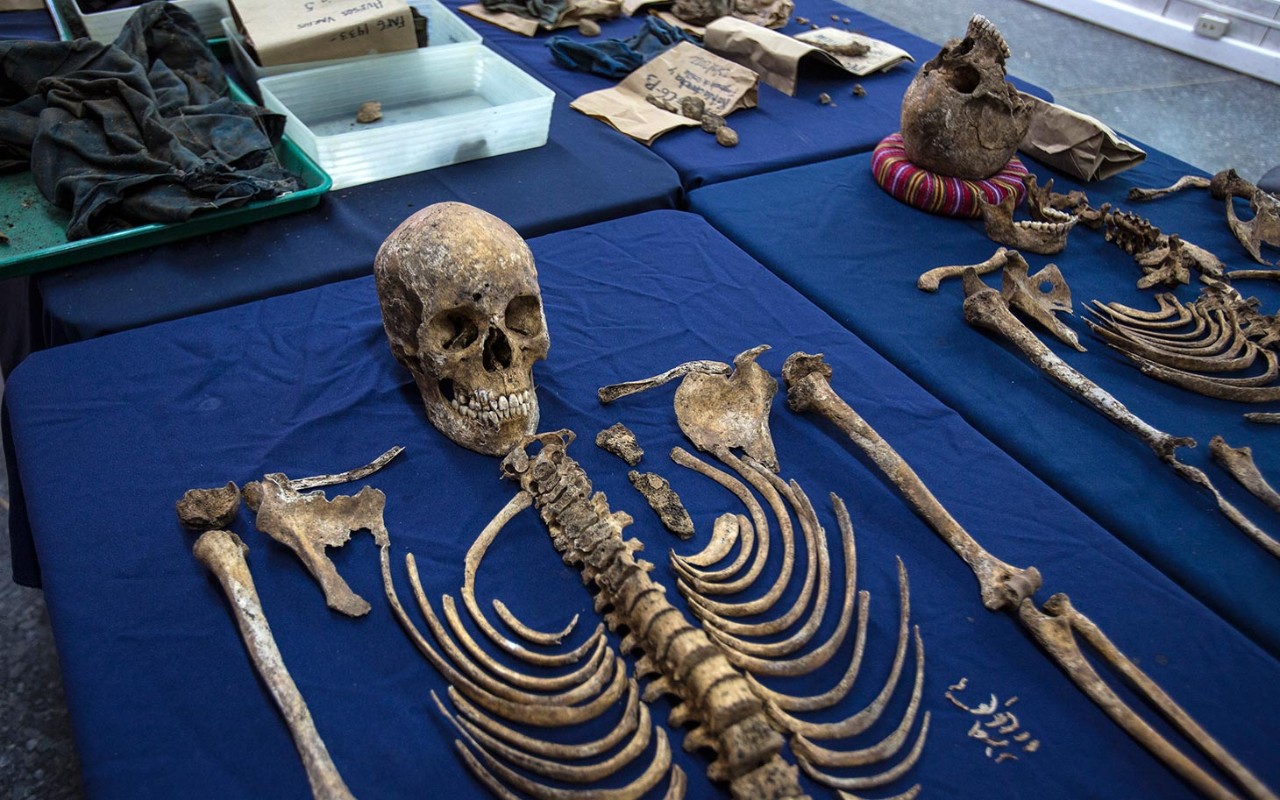
The weeping ghost has many names and many faces, but the most famous is La Llorona. Her history may run deep into the past, and the horror she represents is more personal than many give her credit for. But one thing is always the same: don't let her catch you by the river alone. — Asher
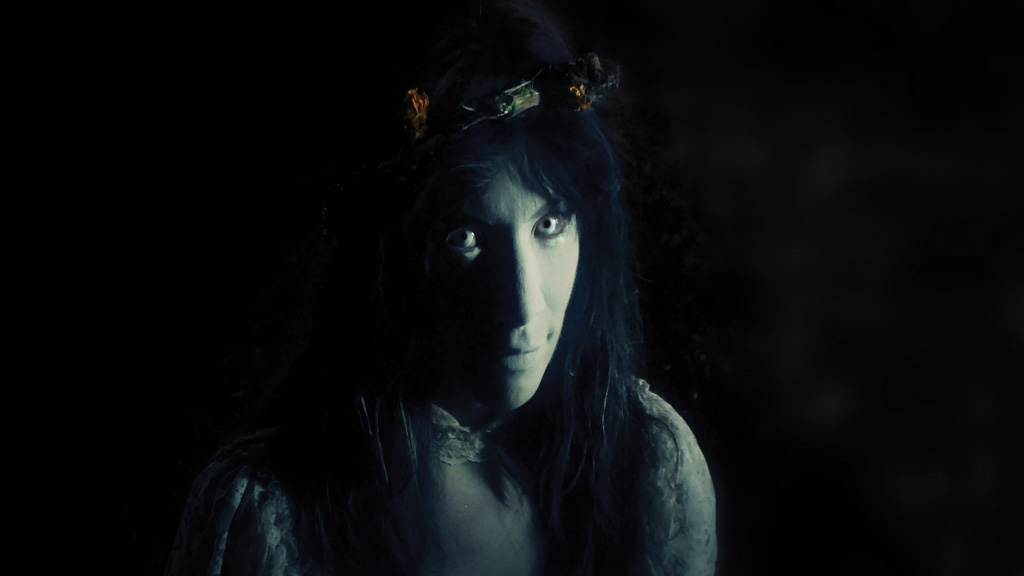
A blood-soaked spree across Dallas reveals the horror at the center of Texas's system of medicine: a man whose patients died under the knife, and a medical board that continually stood by and allowed it to happen. — Saul
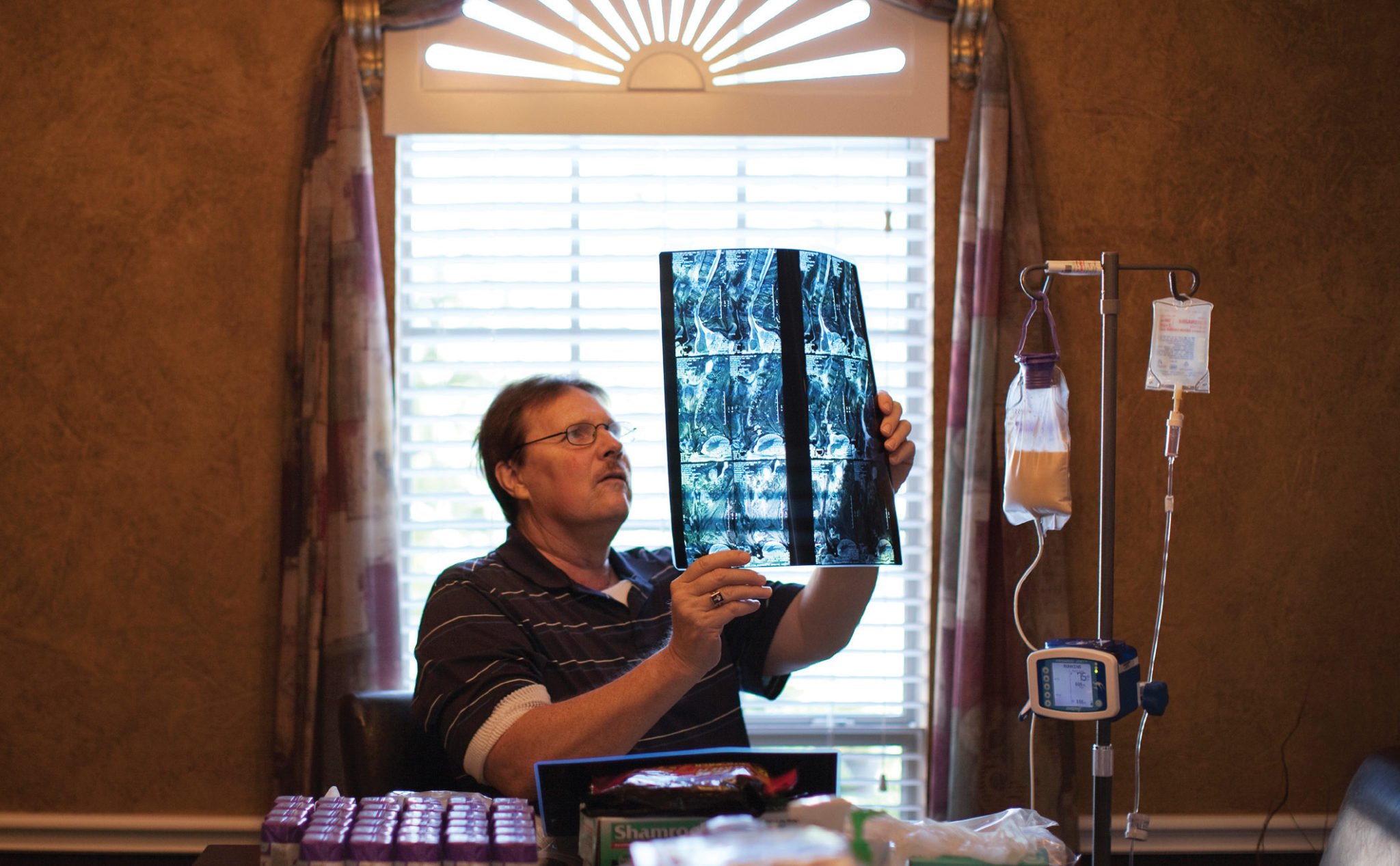
Jefferson claims to be the most haunted town in The Lone Star State —while being quite vague about a certain subset of the people who died there. It's a haunted place, alright. But not quite for the reasons its tour guides think. — Asher

Mothman has haunted Point Pleasant for decades. But what is the mysterious cryptid? Or perhaps it's better to ask... whooo is it? — Asher

A trip down a black and foaming river brings a crew of river boys into a time-bending world of danger, spirits and dead – with an American journalist along for the ride. — Saul
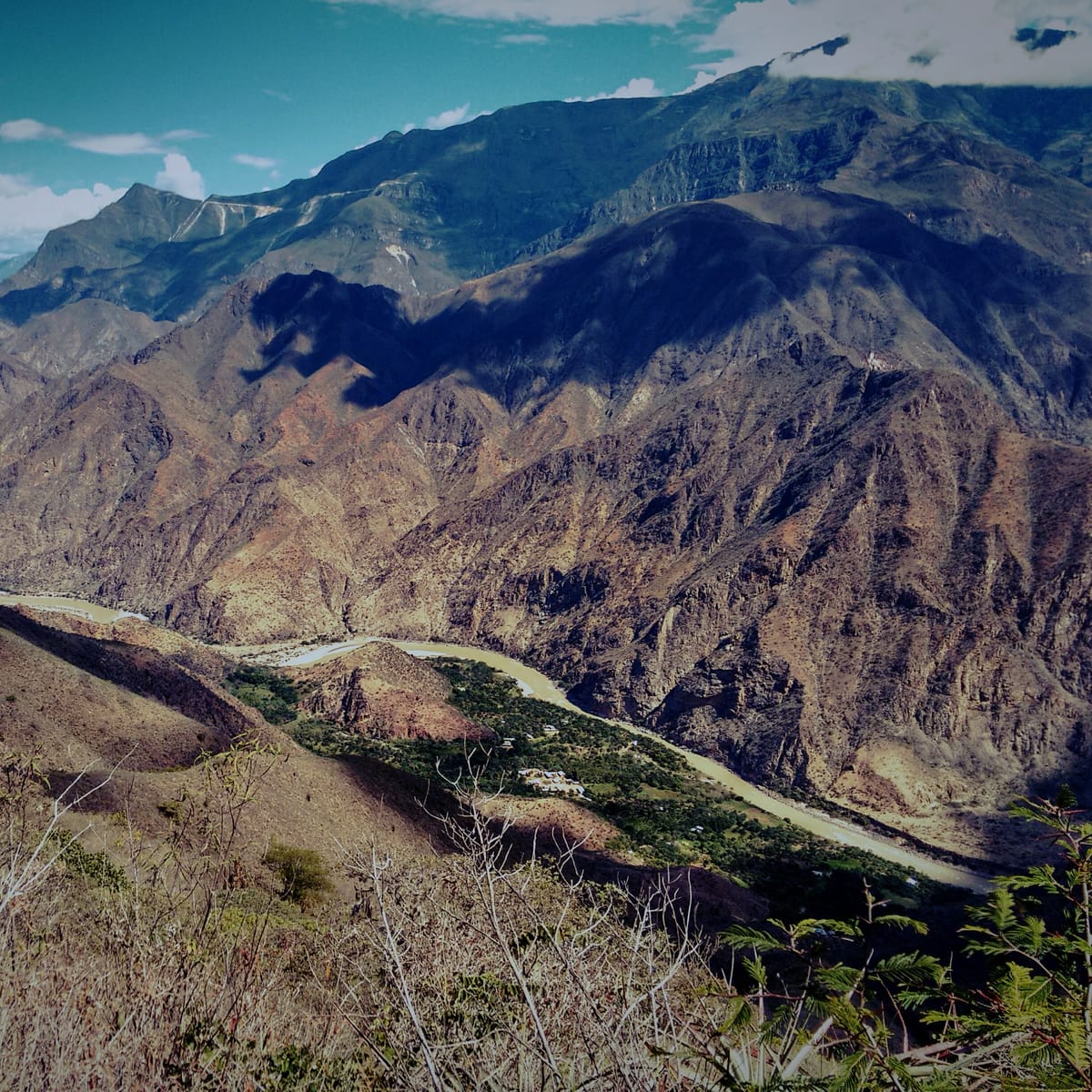
This has been Heat Death. We are an entirely reader-supported publication. If you like what we do here, please subscribe: paid memberships are just $2 t0 $5 a month. (Or you can always leave us a tip.)
Have an idea for a story? Pitch us!
We'll be back soon with more musings on past, future, and all the crises in between. Until next time – fangs for the memories.
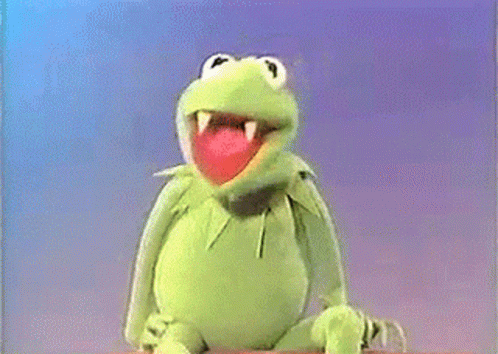







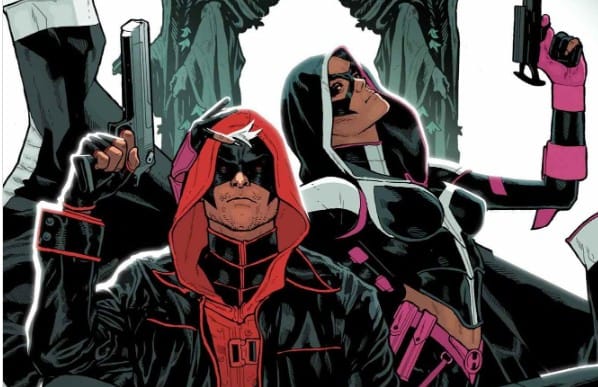
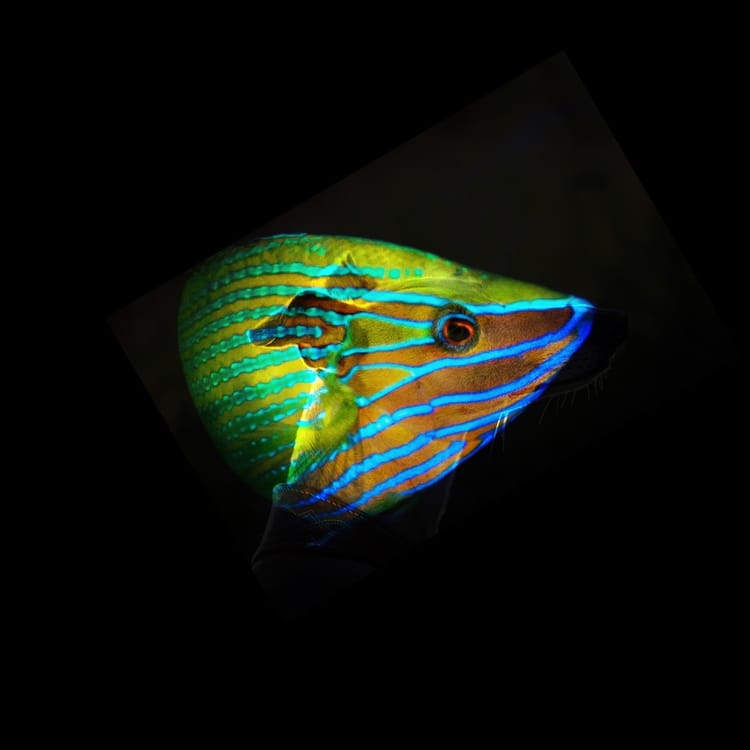
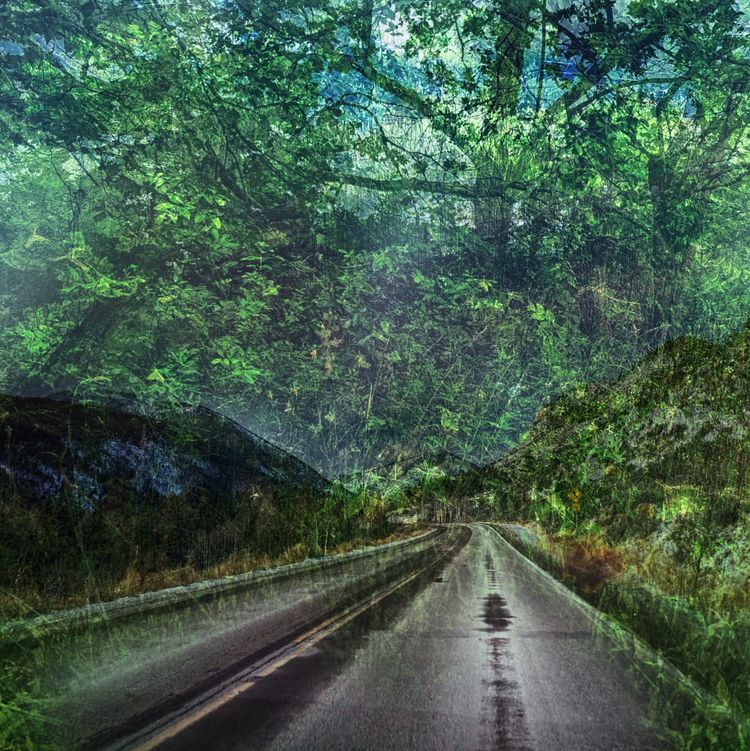
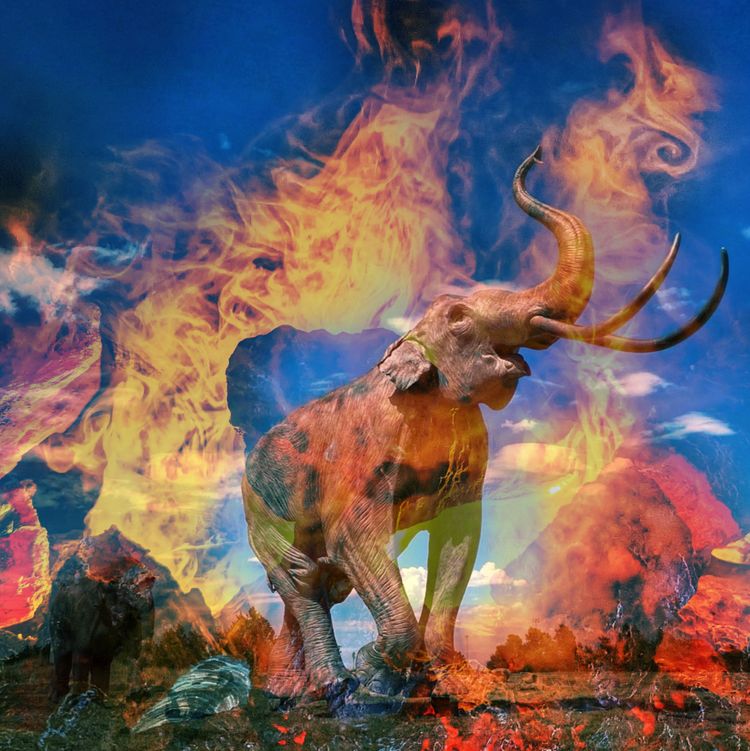
Member discussion